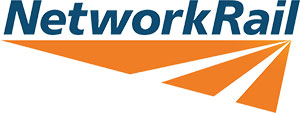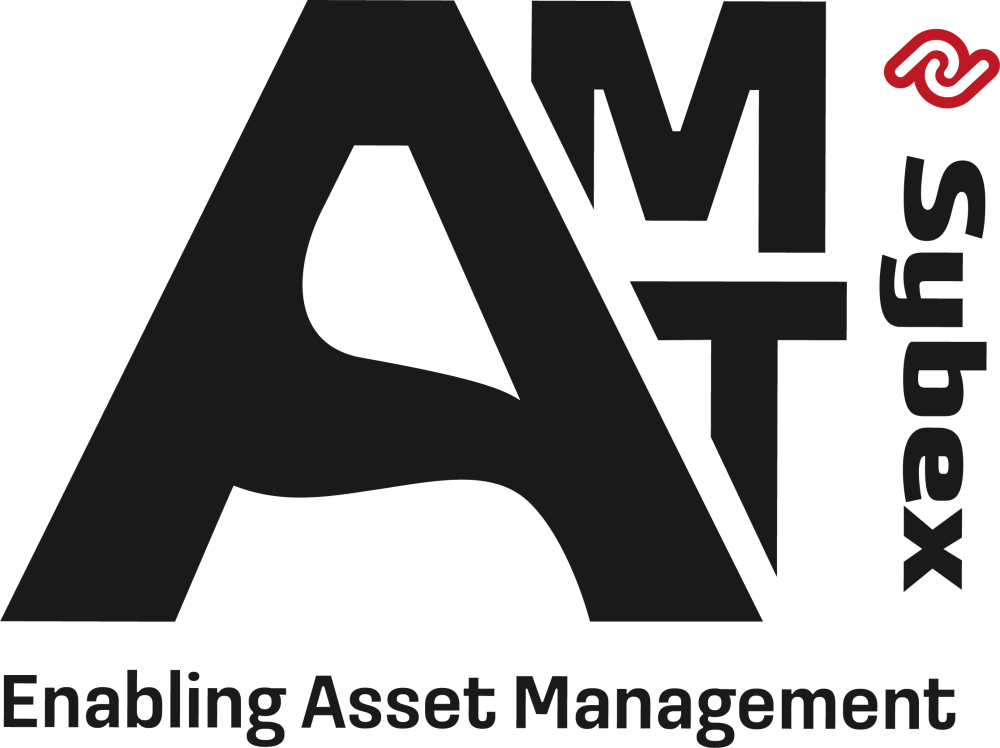
Summary
Network Rail has launched a major initiative, called ORBIS, to boost the safety and efficiency of its railway infrastructure. As a first step in this programme, the company sought to establish a detailed catalogue of its asset base – particularly switches and crossings.
Working with AMT-SYBEX, Network Rail developed a mobile solution based on Fieldreach, which allows engineers to capture asset data with iPhones and iPads and synchronise it with the company’s central Ellipse system.
The new solution provides Network Rail with an accurate record of its asset data, which will allow the company to maintain and invest in its infrastructure more efficiently.
The challenge
Network Rail manages one of the most complex railway infrastructures in the world, and needs accurate information on tens of thousands of assets to guarantee safe and efficient service. The company wanted to move to a more proactive asset management strategy, starting with its extensive network of switches and crossings.
The solution
Network Rail partnered with AMT-SYBEX to develop a mobile solution for use on ruggedised Apple iPhone and iPad devices, and to roll it out to some 3,500 users. Based on Fieldreach, the solution enables field teams to capture asset data electronically and transfer it to the company’s central Ellipse system.
The Benefits
- Provides a clear picture of company assets and their condition, allowing Network Rail to make more informed decisions when it comes to maintaining the safety and availability of its infrastructure.
- Will enable the company to evolve its asset management policy towards a more sophisticated condition-based system, optimizing safety and operating performance.
- Makes it easy to check, edit and capture relevant asset data. Users in the field have given the application a rating of 5.5 out of 7 for usability.
Network Rail owns, operates and maintains the United Kingdom’s rail infrastructure, including 20,000 miles of track, 40,000 bridges and tunnels, and 17 major stations. The company employs some 35,000 people and supports operators in the running of 25,000 trains a day on one of the most densely used railways in the world.
Investing in infrastructure
When Network Rail took responsibility for the UK’s rail network in 2002, it inherited an infrastructure that required significant investment if it was to meet the needs of modern rail operators and their passengers. In the last decade, the company has undertaken a massive infrastructure upgrade effort, aimed at increasing public confidence in the safety of the railway, reducing the number of late trains and bringing costs under control.
In line with this transformation strategy, Network Rail recently launched a new information programme called ORBIS (Offering Rail Better Information Services), which aims to improve the way the company collects, stores and analyses information about the UK’s rail infrastructure.
Keith Farquharson, Transformation Change Manager at Network Rail, states:
“The focus of ORBIS is to improve the safety and efficiency of our entire network, and to reduce the amount of investment required to keep our assets in good order. We manage one of the most complex asset portfolios in the UK, so having quality, trustworthy, up-to-date information about our assets is paramount.”
Creating a clear picture of company assets
If Network Rail does not have a clear record of where its assets are, what condition they are in, or what the hazards are, then it runs the risk of sustaining critical equipment failure. In a worst-case scenario, such failures could contribute to accidents; in less severe cases, they might be responsible for delays and other operational disruptions.
“We wanted to reduce our risk by moving to a more proactive strategy of predicting and preventing asset failure before it has an impact on rail services,” notes Keith Farquharson. “Having better information about our assets and their condition is the first step in this strategy as it will allow us to make more informed decisions when it comes to managing and maintaining our network. This in turn will help to optimise safety and operating performance.”
Safer switches and crossings
Scheduled to run over eight years, the ORBIS programme will take a phased approach to transforming asset management, and will ultimately comprise some 40 individual projects. One of these is the Switches and Crossings (S&C) Asset Data Verification project, which seeks to create a comprehensive and accurate record of the location and condition of each of the company’s 22,000 switch and crossing units.
Network Rail wanted to find a way to capture data on component failures and interventions made during maintenance and inspection of each of its S&C units. This would ultimately help to monitor failure and intervention rates, and thereby reduce the risk of catastrophic failure. The first stage in this process involved verifying asset data held in the company’s core asset management system, Ellipse, against assets in the field.
“We wanted to move away from our existing paper-based system, which involved the manual transfer of data into a central repository,” says Keith Farquharson. “We were already planning to extend our use of handheld devices, and we realised that a large-scale initiative such as this would be a good way to gain momentum. The S&C Asset Data Verification project was an ideal opportunity to launch a mobile working solution that our field teams could use to capture data electronically and transfer it to our central repository.”
He adds:
“We decided to use Apple iPhones and iPads as the vehicle for the new mobile application because most of our staff were already familiar with the technology, and it was a more cost-effective and flexible option than a traditional ruggedised laptop approach.”
Joining forces with AMT-SYBEX
Once Network Rail had outlined these requirements, it engaged AMT-SYBEX to develop a mobile solution based on Fieldreach that would be compatible with Apple iOS devices.
“We have a well-established relationship with AMT-SYBEX,” comments Keith Farquharson. “With their proven experience in building mobile asset management solutions, we knew that they could deliver an application that would tick all of the boxes for us. We evaluated their Affinity Fieldreach solution and were impressed: the workflows were well-established, and it was quick and easy to develop new ‘scripts’ to support inspections. This was a crucial benefit as we were working to very tight deadlines.”
Fieldreach scripts provide workflows that guide field operatives through the asset verification process – effectively providing a list of questions that they need to answer in order to complete the verification exercise. The scripts were designed by a Solution Design Group that included both asset data specialists and field engineers – which helped to ensure that the scripts not only contain all the right questions, but also follow a logical order that makes them as easy as possible to complete out in the field.
Keith Farquharson continues:
“AMT-SYBEX really focused on designing a mobile solution that fit our unique ways of working, and took a lot of time to collaborate with our users to find out what they wanted from the software. This hands-on engagement was a huge factor in guaranteeing project success.”
Solid mobile working solution
The new mobile application is based on the Fieldreach software, runs on ruggedised iPhones and iPads, and interacts with back-end systems when required. The solution enables users to view all the relevant information that Network Rail’s Ellipse asset management system holds about switches and crossings, so that they can compare it with the assets themselves out in the field.
When a field user enters asset information into the application, it is automatically verified against the data held in Ellipse. If no asset is found in Ellipse to match a particular asset in the field, the user is prompted to create a new asset record. Alternatively, if an asset is present in Ellipse but not in the field, it can be marked for potential obsolescence. Users can also flag any issues for the attention of a supervisor.
The results of field inspections are then relayed to Network Rail’s central systems and verified by an engineer before being entered into Ellipse.
Positive Results
Network Rail began its rollout of the solution at the beginning of July 2012: it has now equipped approximately 3,500 users with smartphone and tablet devices, and they have already performed some 1,700 inspections with the new application.
“So far, feedback from our users has been overwhelmingly positive,” remarks Keith Farquharson. “The design has proven to be very successful: it is intuitive and really fits around how our engineers work in the field. We conducted a survey as part of our field testing activities and users rated the application 5.5 out of 7 for usability.”
Using the solution, Network Rail were able to verify all 22,000 S&C assets before the project deadline of September 2013. The company believes that this verification exercise represents an important first step in transforming the way it manages asset information.
Keith Farquharson concludes:
“With help from AMT-SYBEX, we have developed a new mobile working solution that gives us much more confidence in the quality and accuracy of our data. Better insight into the condition of our assets will allow us to maintain and invest in our infrastructure more efficiently.” “The roll-out of mobile devices is just the start: with ORBIS, we expect to see significant, far-reaching benefits across the organisation. With high-quality, accurate and accessible information about our assets, we can evolve our maintenance activity towards a more sophisticated condition-based system. This will deliver clear advantages in terms of efficiencies and cost savings, and will offer big safety improvements too.”

